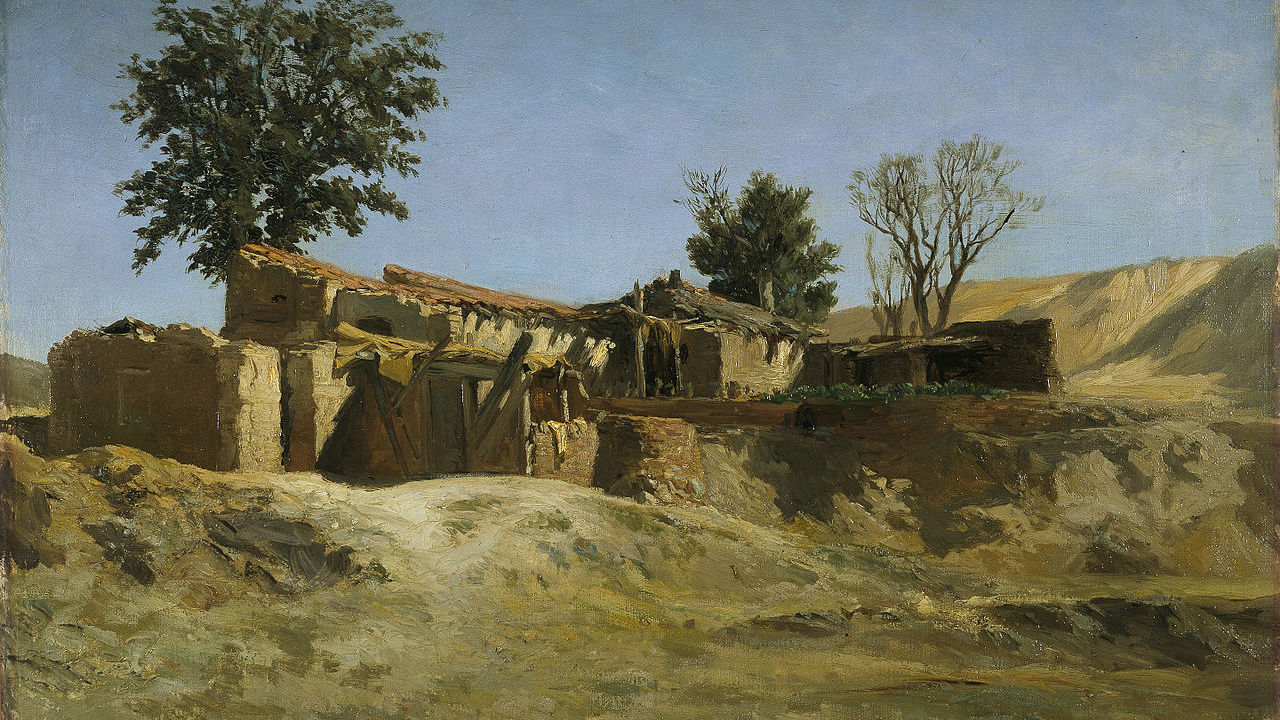Completed in 1887, Nikolai Rimsky-Korsakov’s Capriccio espagnol, Op. 34 is a dazzling kaleidoscope of orchestral color, atmosphere, and instrumental virtuosity. It is the work of a self-trained composer, who became one the the greatest innovators of orchestration. As a teacher, Rimsky-Korsakov led the St. Petersburg Conservatory. His influence on Russian music extended to his students, who included Stravinsky, Prokofiev, and Respighi.
In Italian, “capriccio” means “whim.” Based on Spanish folk songs and dances, and filled with vibrant rhythms, Capriccio espagnol whisks us off to exotic, far-off places of the imagination. It unfolds in five sections, played without pause. In his autobiography, the composer wrote,
It is intended as a brilliant composition for the orchestra. The change of timbres, the felicitous choice of melodic designs and figuration patterns, exactly suiting each kind of instrument, brief virtuoso cadenzas for solo instruments, etc., constitute here the very essence of the composition and not its garb or orchestration. The Spanish themes of dance character furnished me with rich material for putting in use multiform orchestral effects. All in all, the Capriccio is undoubtedly a purely external piece, but vividly brilliant for all that.
The music springs to life with the Alborada, a jubilant and festive morning dance which celebrates the rising of the sun. These are the bright, irrepressible strains of the Asturias, Iberian folk music from Spain’s rugged northwest coast. A bright, exuberant pulse leaps from the percussion section, with triangle, tambourine, cymbals, and castanets. The solo clarinet takes centerstage as pizzicato in the violins evokes the strumming of a guitar. The section concludes with the entrance of the solo violin, a recurring voice throughout the work, and the percussive sounds of ricochet bowing.
The second section ( Variazioni) begins with a beautiful folk melody, introduced by the horns. Five variations follow, in which the melody moves around the orchestra, weaving through adventurous new harmony. As if painting with sound, Rimsky-Korsakov mixes the tonal colors, moving from a lush string choir to the veiled English horn, and concluding with the flute’s languid chromatic scales.
The third section brings a return of the Alborada, with the solo violin moving into the spotlight. A drum roll and a trumpet and horn fanfare announce the arrival of the fourth section, Scene and Gypsy Song. The solo violin launches into a cadenza, evocative of the glittering improvisations of a street musician. As the gypsy song continues, a cast of instrumental characters takes the stage, including: the flute, clarinet, harp, solo cello, and oboe.
The final section is a spirited, swirling dance (Fandango of the Asturias), launched into motion by the trombones. Its ever-intensifying energy culminates in a whirlwind final statement of the Alborada theme, this time at furious, breakneck speed.
This outdoor performance, from August of 2017, features Pablo Heras-Casado and the Frankfurt Radio Symphony:
Five Great Recordings
- Vasily Petrenko and the Oslo Philharmonic Orchestra
- Sir Charles Mackerras and the London Symphony Orchestra
- Eugene Ormandy and The Philadelphia Orchestra
- Leonard Bernstein and the New York Philharmonic
- Lorin Maazel and the Berlin Philharmonic
Featured Image: “Tileworks in the Principe Pio Mountains” (c. 1872), Carlos de Haes


It was so pleasurable reading your narrative and then the words of the composer before listening to each interpretation of this great work. I especially loved Lorin Maazel and the Berlin! And Bernstein and the NY Phil too!